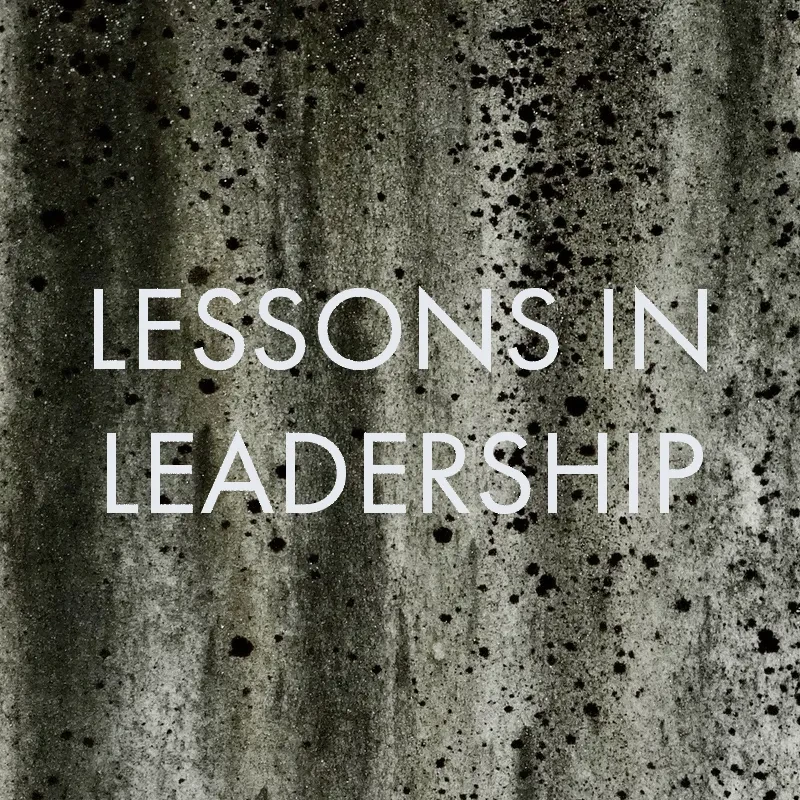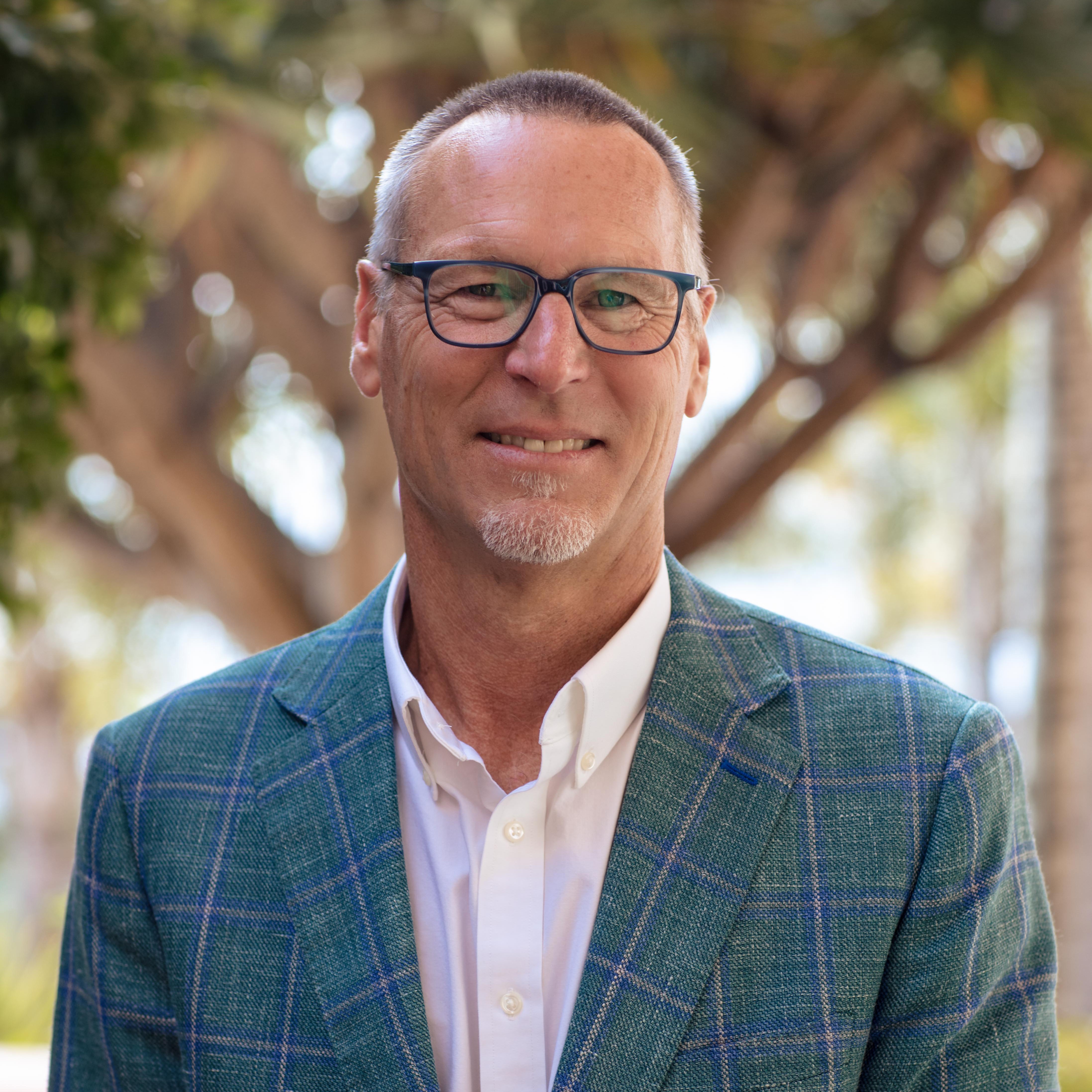
Embracing Responsibility
Esperanza Harper
Health Care Planner and Innovation Leader, LS3P
April 10, 2024
Esperanza Harper challenges us to enable justice, equity, diversity and inclusion by design.
Catalyst
Throughout our lives, significant events can have tremendous impacts on our values and purposes in life. For me, and perhaps for many of you, that significant event was the murder of George Floyd on May 20, 2020. Identifying a single reason why this familiar story of a Black man murdered by a police officer was a tipping point is challenging. Whatever the reasons, I am encouraged to see myself, individuals and corporations across the nation taking on greater responsibility for addressing injustice. We are in the age of activism, or at least it seems to be rekindled in those of us who refuse to fall over the precipice to our societal demise.
Questions
In an August 16, 2020 ArchDaily article, “The Political Dimension of Architecture: Activism Through Design,”1 author Andreea Cutieru asks the very questions that the events of May 20, the outbreak of a global pandemic and the storming of the US Capitol were leading me to ask myself:
- In light of so many examples of social activism, do architects have the tools to make their stand?
- Does architecture have the power to disrupt the status quo?
- Will the profession embrace these responsibilities?
Answers and Framework
I believe the answer to the first two is yes, we do have the tools and the power. One of the tools with great transformational potential is the AIA’s Framework for Design Excellence, which “represents the defining principles of design excellence in the 21st century. Comprised of 10 principles and accompanied by searching questions, the framework informs progress toward a zero-carbon, healthy, just, resilient, and equitable built environment.”2 The framework offers a way for designers to bring clients along on a journey that solves the immediate need for a structure and simultaneously builds upon human aspirations. Since its inception in 2003, the framework has served as an excellent point of beginning, but its answer – and eventual impact are pending.
But having begun, we must now delve deeper into our discourse, to action.
In these ways, and many more, we can make a difference and embrace our social responsibilities by — and with — design.
History
To reach such depths, we must critically assess centuries of placemaking to understand how our built environment perpetuates power dynamics. In doing this, I believe we will see our roles as architect-activists as relevant to practice as building information models and the digital transformation have become.
In architecture critic Lee Bey’s recent article “Southern Exposure: The Overlooked Architecture of Chicago’s South Side,” he states, “Architecture and design have been silent partners in oppression in the United States and around the globe.” Bey’s depiction of the built environment co-laboring with humans to oppress is echoed by other scholars, including Professor George Lipsitz at the University of California, Santa Barbara. In his book “How Racism Takes Place,” Lipsitz reveals how seemingly race-neutral urban sites contain hidden racial assumptions and imperatives. Evidence of systematic racial typologies in architecture can be traced as far back to the writings of Eugène-Emmanuel Viollet-le-Duc. In chapters of “Historie de l’habitation humaine” (1875), Viollet-le-Duc begins with descriptions of physical features and mental descriptions of race. These descriptions were aligned with beliefs of racial inferiority and race theories of the day, which were illegitimately supported by the pseudoscience of measuring human bodies to justify claims. Viollet-le-Duc organized the chapters of the book linking racial groups to a distinct dwelling type. He then used those descriptions to associate dwelling types, materials and construction methods with race and establish a subjective position on style and nationalism that would be echoed throughout centuries to come.
While subtler than matching physical characteristics to inanimate objects, Adolf Loos’ modernist credo associated ornament with “primitive” peoples and went further to call ornament a “crime” and “only for criminals and other inhabitants of the lower rungs of the evolutionary ladder and not for modern Europeans.” 3
These examples should give us pause when we consider Viollet-Le-Duc’s and Loos’ influences on modern architecture. The long-lasting effects of racialized definitions of design excellence are still evident today. Architects and designers wield decision-making power over the physical form of spaces but often draw from a limited pool of cultural and historical influences and references.
Actions
These precedents and many more recent, well-known examples illustrate how the built environment silently reinforces oppressive sentiments. For instance, the exclusionary redlining policies of the 1930s; the disproportionate number of toxic industrial sites in communities of color; and inequitable urban economic development policies are manifestations of a history fraught with injustice. How can we effectively initiate today’s pursuit of justice, equity, diversity, and inclusion in our built environment, given much of it was intentionally designed to uphold supremacy, separatism and injustice?
The answer is: We can’t. Not until we intentionally criticize the thinking that led us here, uncover the current ways the built environment is still in silent partnership with marginalization and oppression and redefine the fundamentals of the built environment to break down power dynamics, eliminate injustice and equitably serve communities. Here are just a few ways we can take action to turn this tide. We must embrace the responsibility to:
- Break down power dynamics in the built environment.
Look for segregation within spatial layouts and deploy tools that quantitatively measure spatial constructs to increase integration. Segregated space is more identifiable at the urban scale; however, at the building scale there are settings in which spatial hierarchies echo society’s racial, gender and socioeconomic hierarchies. Ask whether these spatial hierarchies are necessary for the building’s function and aspirational goals. If not, experiment with layouts that bring more occupants in visual and physical proximity to one another to showcase diverse ways of being in space. - Eliminate injustice.
Learn about communities within a two-hour radius of your home facing unjust policies, zoning regulations and obstacles to development. If your projects are situated in these areas, commit to serving with local activist and grassroots organizations to reform policies and advocate against injustice, particularly for communities lacking representation. - Address our implicit biases in design.
Admit and reject the influence of racialized aesthetics by becoming more inclusive in our sources of inspiration, by spending time with people who are different from us and by working on consciously changing our spatial stereotypes. - Equitably serve communities.
Allocate time to incorporate input from those who may benefit least from our projects and are likely to be the most vulnerable stakeholders. Identify the undeserved outcomes of design projects and unapologetically decide to build the proverbial curb cut—physically, in solutions for the disabled that are ever appreciated and beneficial to people with strollers, joggers or wearing stilettos, and metaphorically, by enabling access to social systems for all.
In these ways, and many more, we can make a difference and embrace our social responsibilities by — and with — design.
Let’s continue.
Footnotes:
1 Andreea Cutieru, “The Political Dimension of Architecture: Activism Through Design,” ArchDaily, August 16, 2020, https://www.archdaily.com/945659/the-political-dimension-of-architecture-activism-through-design.
2 “AIA Framework for Design Excellence,” American Institute of Architects, accessed February 9, 2024, https://www.aia.org/design-excellence/aia-framework-design-excellence.
3 Irene Cheng, Charles L. Davis II, and Mabel O. Wilson, Race and Modern Architecture: A Critical History from the Enlightenment to the Present (Pittsburgh: The University of Pittsburgh Press, 2020), 150.
Esperanza (Espy) Harper is an experienced health care planner and innovation leader at LS3P who is passionate about the intersections of innovation, health care and health equity. Her project work has stretched across the continuum of care, with a portfolio that includes everything from strategic facility master planning to replacement hospitals to pharmacy planning to mobile employee health clinic prototyping. She has had the privilege of working with such organizations as Cleveland Clinic, University of Pittsburgh Medical Center, Essentia Health, UNC Health, Novant Health, WakeMed, Aurora Health and the University of Michigan.
Espy’s passion was ignited in her early years developing workshops for the Annual Planetree Conferences. Since then, she has developed her superpower: the ability to push boundaries of design and programming with client users (and peer designers) by co-engaging the technical, clinical and social aspects of the work. Espy is adept in her ability to translate relevant research findings into design concepts and discover ways to seamlessly integrate design research into project delivery. She has co-authored and presented on health care design research in prestigious venues, including the Planetree Annual Conference, Healthcare Design (HCD), the Healthcare Systems Process Improvement Conference and the Health Environments Research & Design Journal (HERD).
Recently, she has teamed with Taft Cleveland of SmithGroup and Tammy Thompson of ECU Health (formerly Vidant Health) to form the Health Equity Design Collaborative with the goal of dismantling health inequity through meaningful design impact. Espy, Taft and Tammy were named “Industry MVPs” in Healthcare Design magazine’s annual HCD 10, 2022 awards program, which honors industry standouts across 10 professional categories and recognizes outstanding achievements in the past year.























































